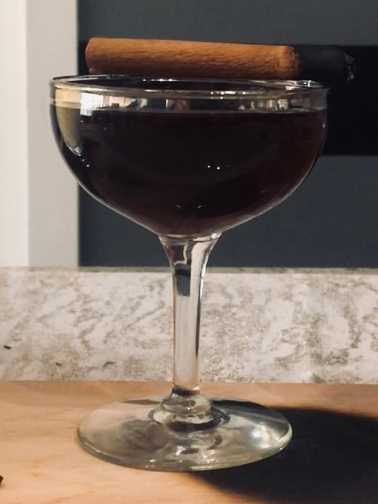
2 oz unpeated scotch whisky
1 oz brewed coffee
0.5 oz maple syrup
2 dashes aromatic bitters
A pinch of freshly grated cinnamon
Garnish: torched cinnamon stick

2 oz unpeated scotch whisky
1 oz brewed coffee
0.5 oz maple syrup
2 dashes aromatic bitters
A pinch of freshly grated cinnamon
Garnish: torched cinnamon stick
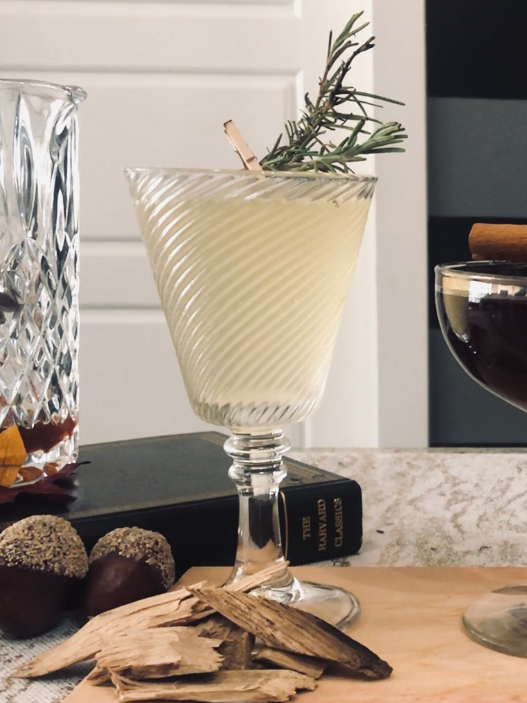
2 oz London Dry-style gin
1 oz lemon juice
1 oz honey syrup (see note)
1 small rosemary sprig
Garnish: charred rosemary sprig
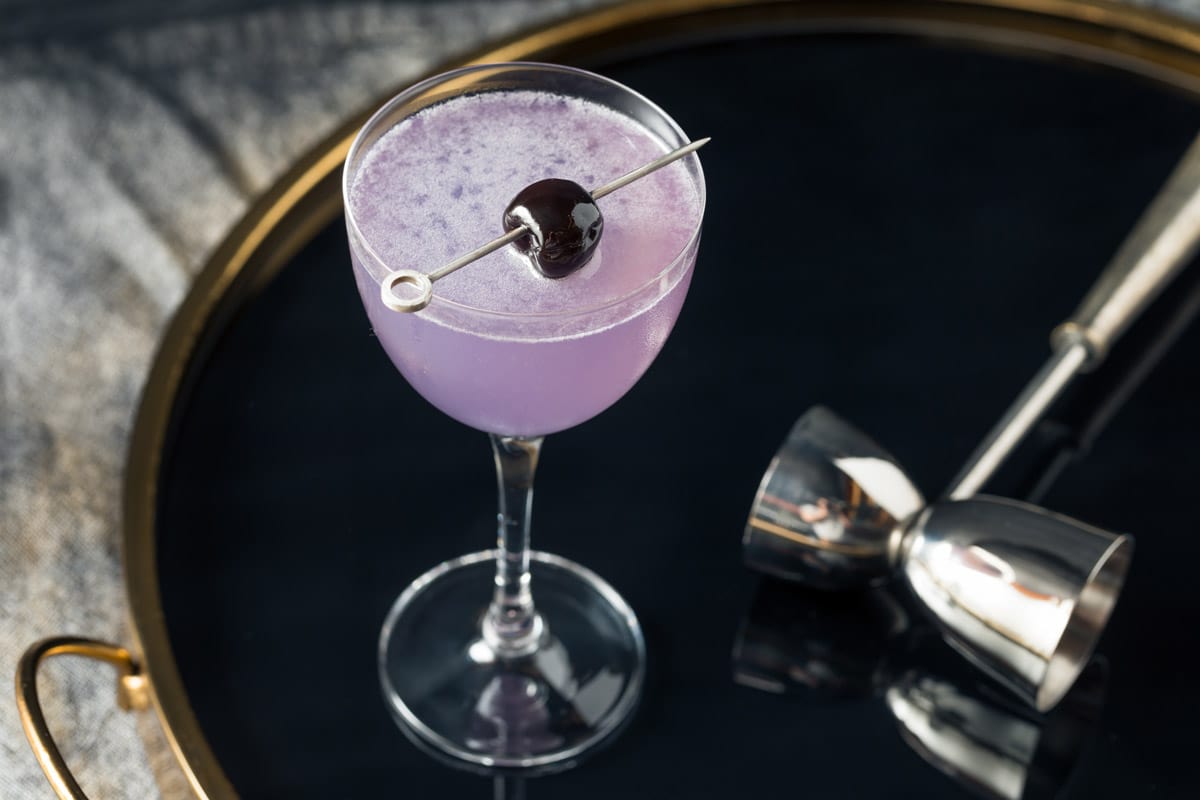
Here at The Alchemist, we think it’s time to look forward rather than back; to be hopeful rather than anxious; to raise a glass to the good rather than drink to forget the bad. So the Fall/Winter 2021 issue is all about our bright, sunny future.
Let’s start with an announcement: The Alchemist magazine is thrilled to present Vancouver Cocktail Week from March 6 to 10, 2022. Expect parties, seminars, our Cinq à Sept series and much more. We can’t wait to see you there!
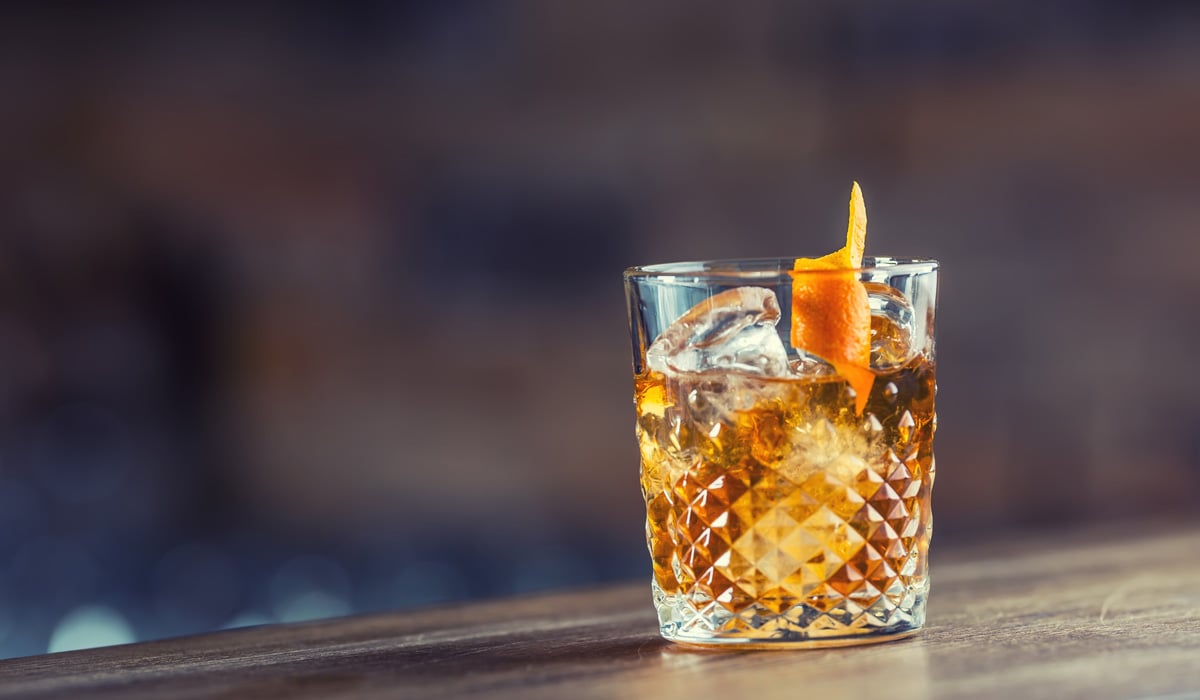
Now that we’re all spending so much more time at home, this is a good opportunity to brush up on our home-bartending skills. That means learning at least a few recipes to serve to the people in your bubble and, eventually, all the many friends you’re making on Zoom.
The most important drink you should know how to make is the one you like best. That’s also the best advice for stocking your liquor cabinet, though for your sake I hope it’s something simple, like a highball, rather than, say, a Ramos Gin Fizz, which requires egg whites, orange blossom water and a seltzer bottle, among other things.
After that, it’s best to start with classics. They are, after all, classics for a reason—they taste good, and they work—but they are also a good place to start experimenting if you want to get creative. Here are five drinks every home bartender should have in their repertoire.
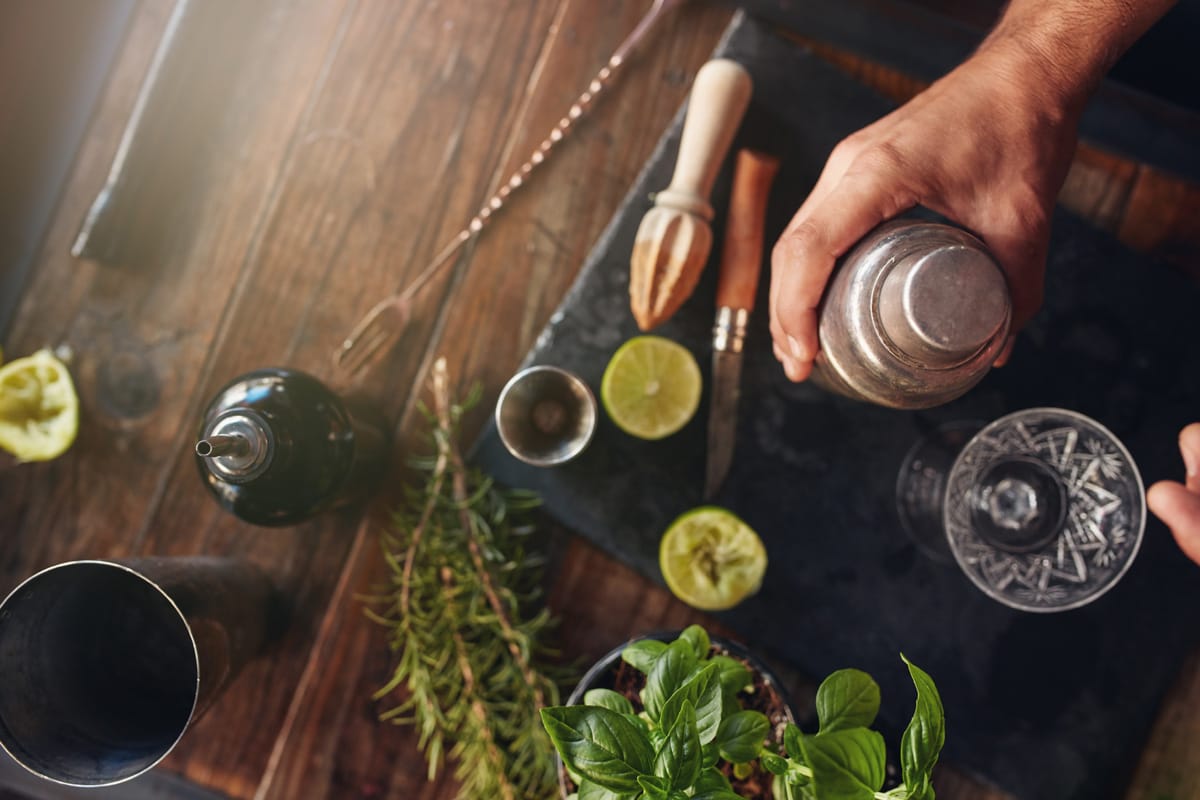
Even before we found ourselves hunkering down at home trying to flatten the curve of a global pandemic, home bartending was already a growing trend. Once COVID-19 hit, though, we were all living in a world of cocktail kits and mixology livestreams and tutorials on how to arrange your bar cart.

• 1 oz brandy
• 1 oz Red Hibiscus Vermouth
• 0.5 oz Sons of Vancouver amaretto
• 1 oz apple cider
• 0.25 oz freshly squeezed lemon juice
• Garnish: Cinnamon stick
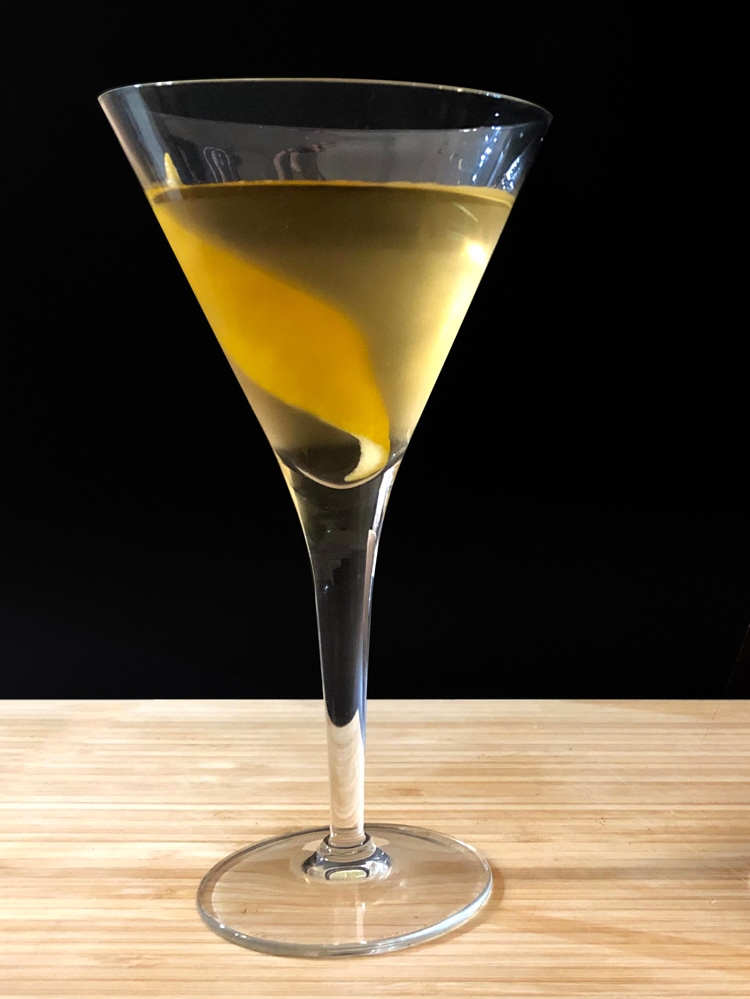
• 1.5 oz dry gin
• 1.5 oz White Chamomile Vermouth
• 2 dashes orange bitters
• Garnish: Lemon twist
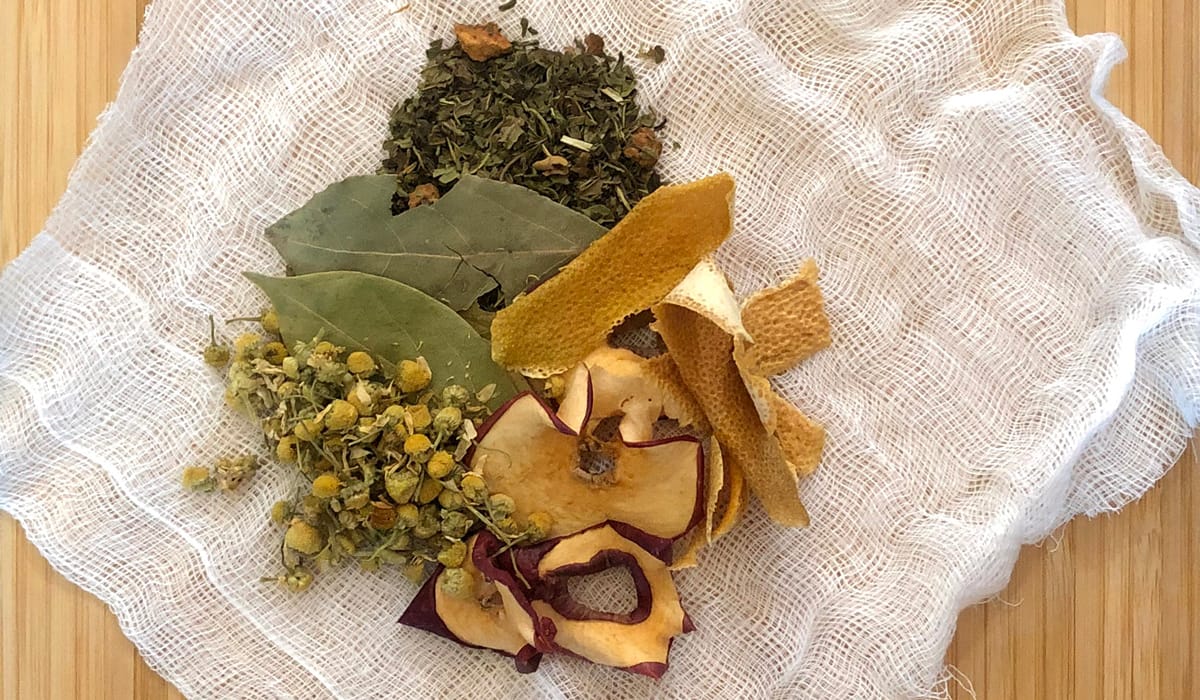
Let’s talk about the often-misunderstood aperitif vermouth. What is it? Where does it come from?
Vermouth is fortified wine with herbs, roots, spices and sometimes sugar added. There are a handful of different styles to choose from: the most common offerings are sweet red, traditionally from Italy; and dry white wormwood-infused from France. The word vermouth is the French pronunciation for “wermut,” which is German for wormwood, the mystical herb that gives absinthe its reputation and provides the distinctive dry, bitter note found in vermouth.

The Roof is on Fire! That was the name of a dangerous-drinks seminar that San Francisco writer Camper English (of alcademics.com fame) and Bittermens co-founder Avery Glasser gave in 2016 at Tales of the Cocktail. Their warnings on potentially dangerous bartending ingredients, equipment and techniques were so eye-opening, English later nabbed a grant to develop cocktailsafe.org, a geekily helpful website packed with deeply researched information and resources.
“Bartenders on Facebook were chatting a lot about potentially dangerous drinks … and I thought it would be useful to put all this information, and a lot more, in one place as a reference to bartenders everywhere,” he says.
Here are his top 10 red flags for home mixologists—and pros, too.
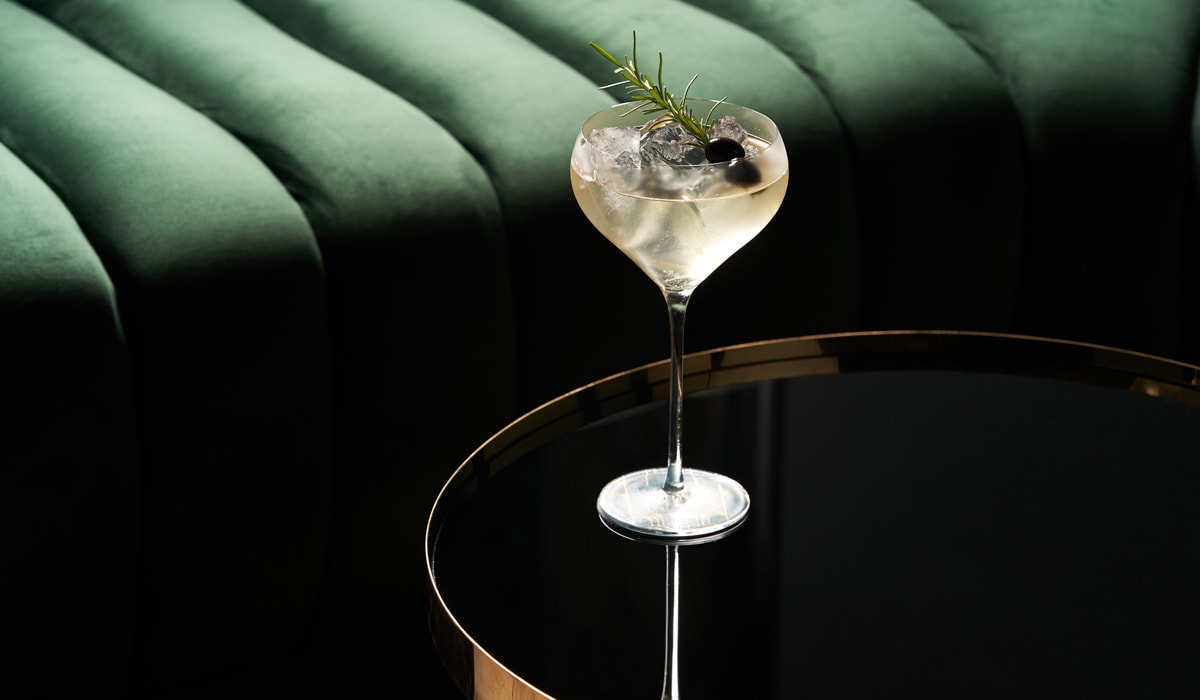
Have you been spending a lot more time at home lately? Funny, us, too! That’s why, in this issue of The Alchemist, we look at ways to shake things up in our home bars.
Charlene Rooke rounds up the tools you need—which also happen to make great holiday gifts—and talks to cocktail legend Camper English, founder of cocktailsafe.org, about the dangerous things you really shouldn’t be doing at home or anywhere. We offer the five essential classic cocktail recipes everyone should know, and our Tasting Panel shares the bottles they stock at home. And we introduce our new Home Bar columnist, Matthew Benevoli, who shows us how to make homemade vermouth.